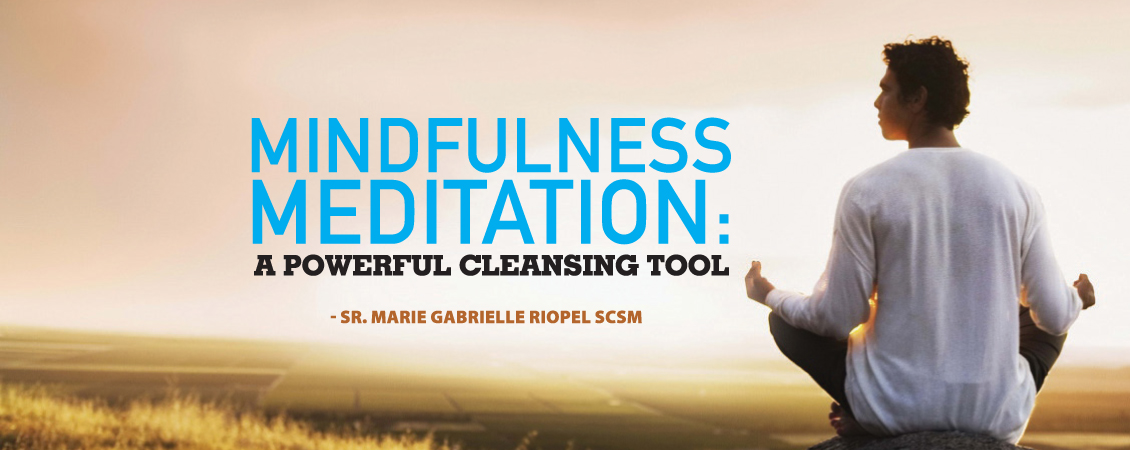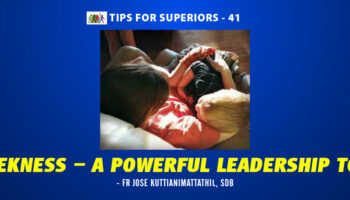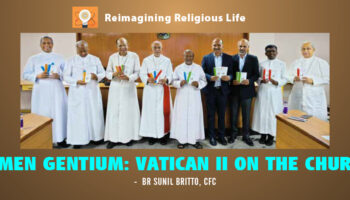Matthieu Ricard, the so-called ‘happiest man in the world’, says: “If we can learn to ride a bike, we can learn to be happy.” He continues: “To be happy, we have to get rid of mental toxins, such as, hatred, obsession, arrogance, envy, greed and pride.”
Ricard suggests meditation as a way to free our mind from such mental toxins. He believes that meditation helps to create the inner space where the ‘antidote of toxins’ can grow. In other words, meditation has the potential to kick out negative feelings. Not only! It also facilitates the growth of the “mind-sickness’ antidote”: forgiveness, inner peace, humility, compassion, and even problem-solving capacity and creativity.
Here are the easy Five Steps to mindfulness meditation. It can be practiced anywhere and even for just a minute. Its effectiveness, however, requires constancy. Studies say that even just five minutes of mindfulness meditation, practised every day for a reasonably long period, is enough to positively affect a person’s overall well-being.
THE FIVE STEPS:
1. Location: If possible, find a quiet spot. If you are at home or in the chapel, try to ‘stick to the same spot’. Why stick to the same place? Because it helps to focus the mind and minimize the distractions of a changing environment. You can, however, practice mindfulness meditation anywhere.
2. Posture: Keep a straight spine with hands symmetrically placed. It does not matter whether you squat, sit on a chair or kneel down. What you need is to be straight without being rigid, relaxed but not sloppy, comfortable but not to the point of dozing off. The criterion for choosing your posture is to go for the one that you can keep comfortably for a longer period.
Regarding the posture, Mingyur Rinpoche, a meditation master, suggests imagining each part of our body resting on the one below, straight without worrying about ‘perfect’, resting but full of energy and strength.
3. Pre-meditation Preps: Keeping your eyes closed, acknowledge your surroundings, the noise, heat, smells, etc. It means paying non-judgemental attention to each, observing, making an effort to be in the now. Take three deep breaths.
4. Breath-awareness: First, find a ‘rhythm’ that suits you, for example, inhaling during four counts; keeping the breath in for seven counts; releasing the breath in eight counts and finally stillness (neither breathing in or out) for two counts. Go on with the cycle that suits you best for five minutes. Try keeping your mind focussed on your breath, on what happens to your body when you breathe.
5. Observe without judgement: Pay attention to your breath, to how you feel at the moment. Acknowledge all the other thoughts that occupy your mind without judging them or yourself. Don’t dwell on them either. As you become aware of them, just get back to your breath without hammering yourself for being distracted. Examples of distraction: thinking about food; sexual feelings or feelings of hurt. Never mind! Without feeling guilty for whatever creeps in, get back to your breathing.
At the end of the meditation, we open our eyes slowly and become present to what we feel in and out of our body.
As we said earlier, the benefits of mindfulness meditation come with constancy.
Another bonus is that, as we become ‘experts’ in the five-minute mindfulness meditation, we can also have quicker mindfulness meditation moments throughout the day. That means: wherever we are, we can pause and carry out the five steps.
Matthieu Ricard notes that, when we have a flash of anger or fear, when we undergo excessive stress or emotion, there follows some time during which we can’t think, rationalize or move on. These are the times when the pause of a quick mindfulness moment can help us get things in perspective. The same is suggested to deal with insomnia.
Once, when I was travelling by train, I heard a mother tell her teenage son, “Why don’t you do your meditation?”
I end by making the same invitation to you. Why not? Where not?






